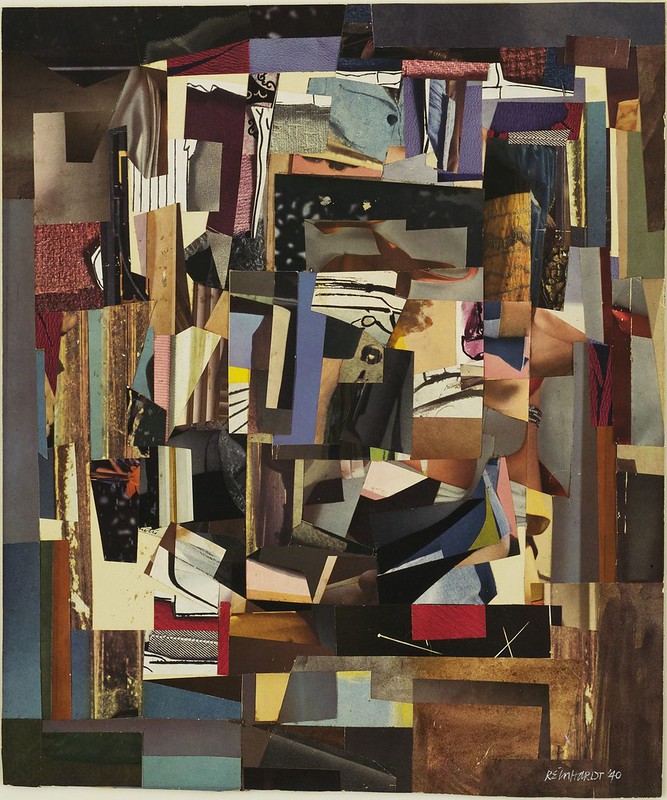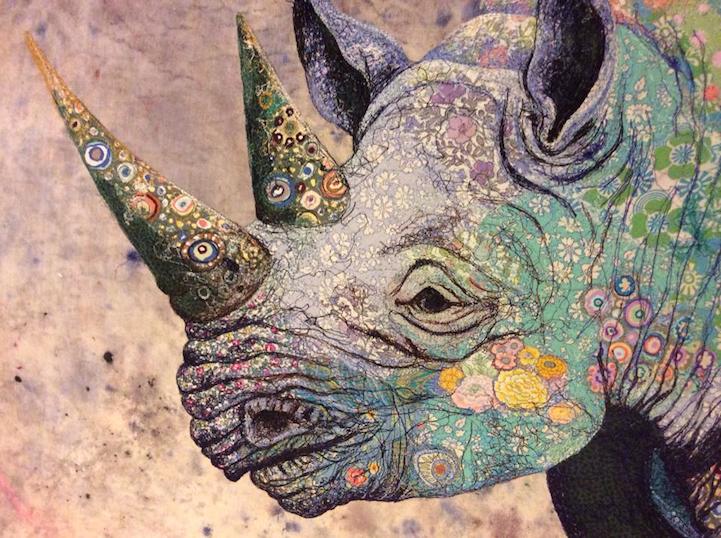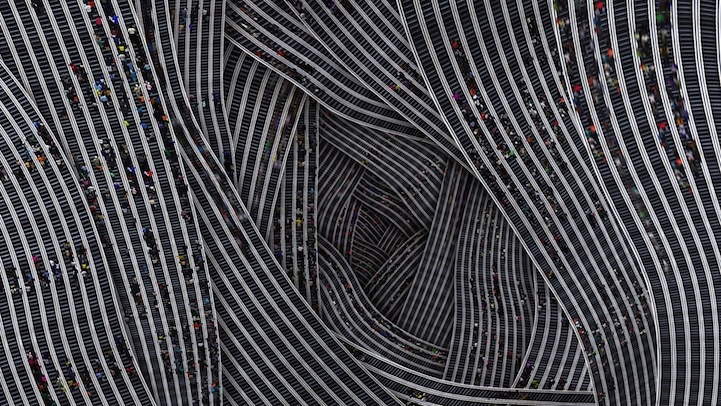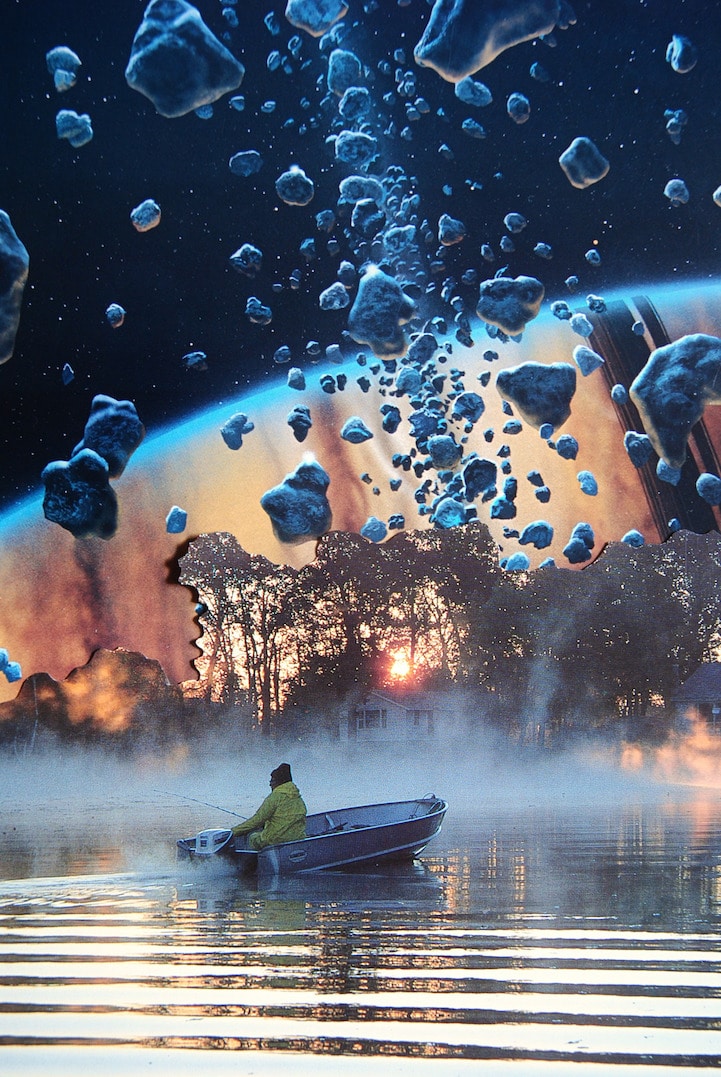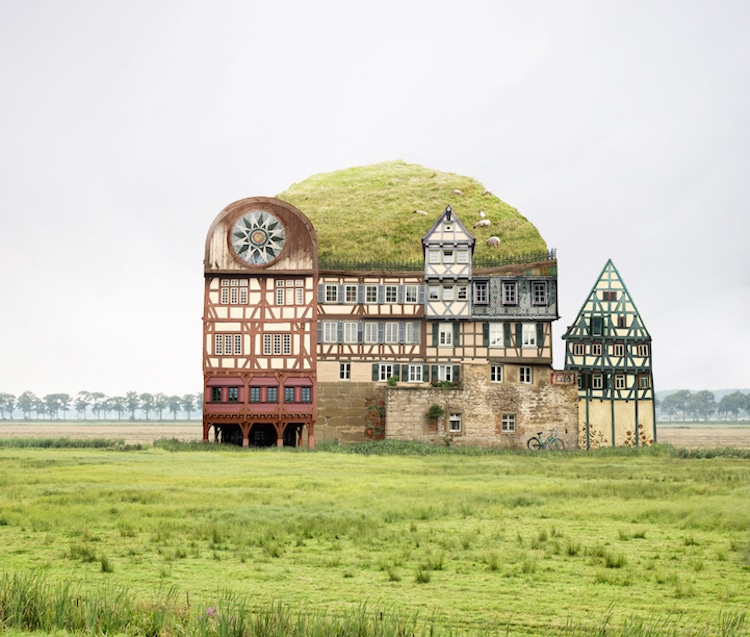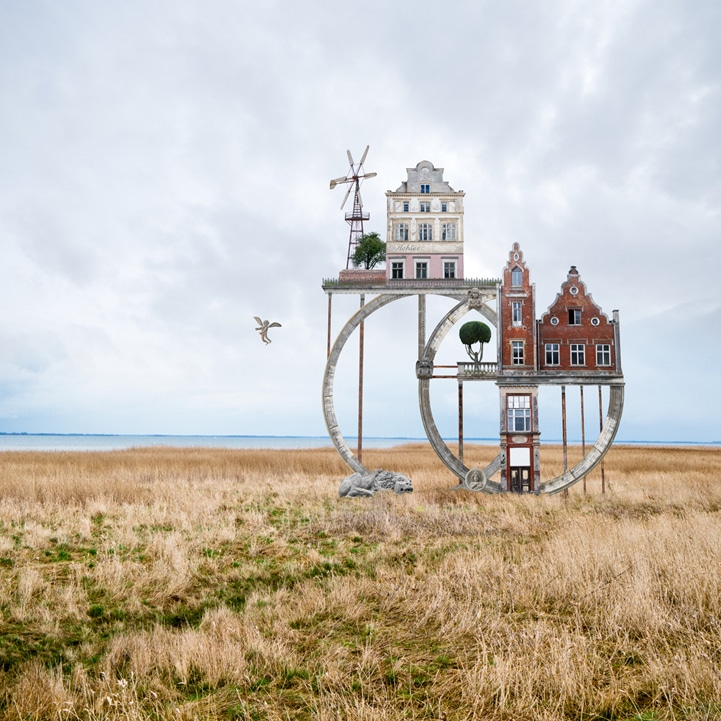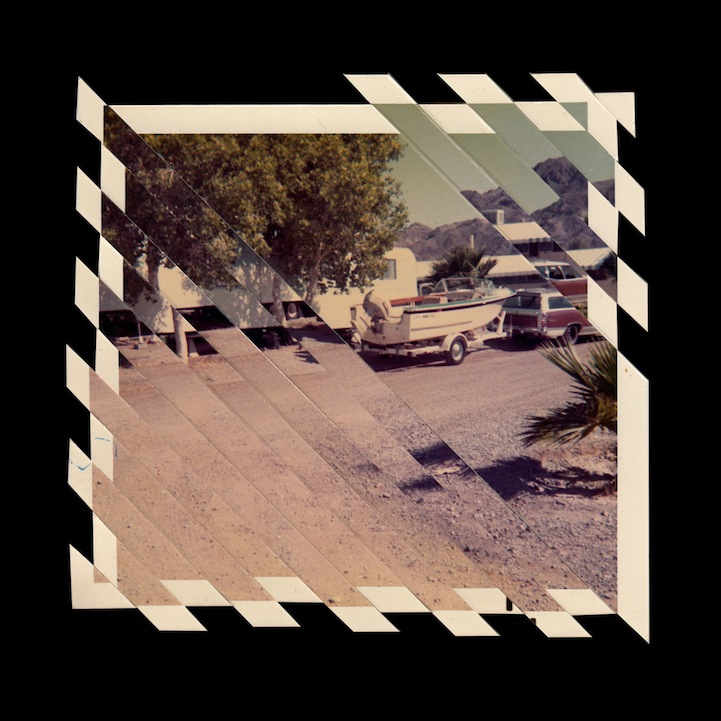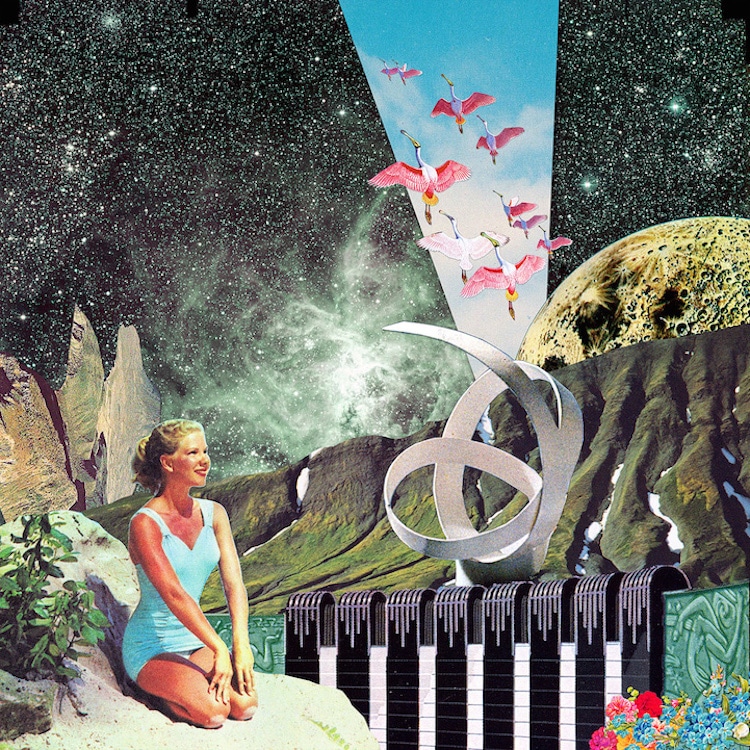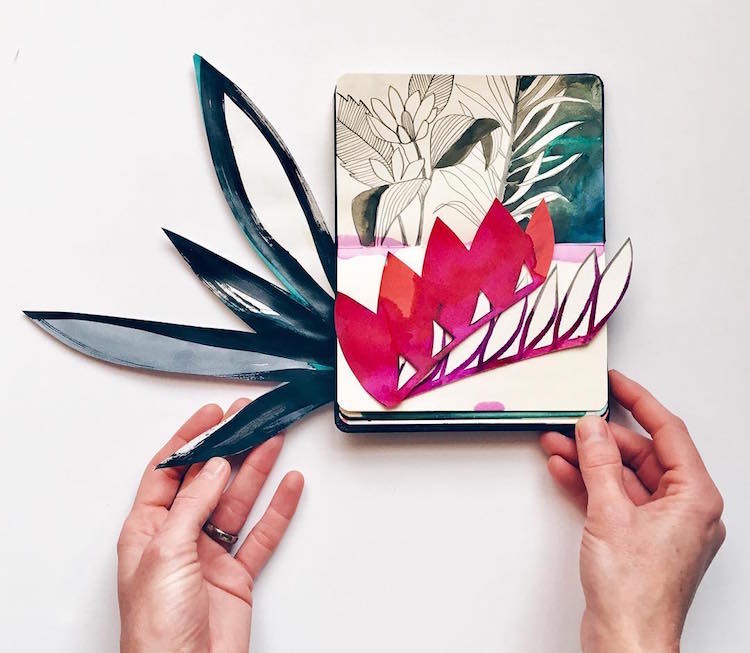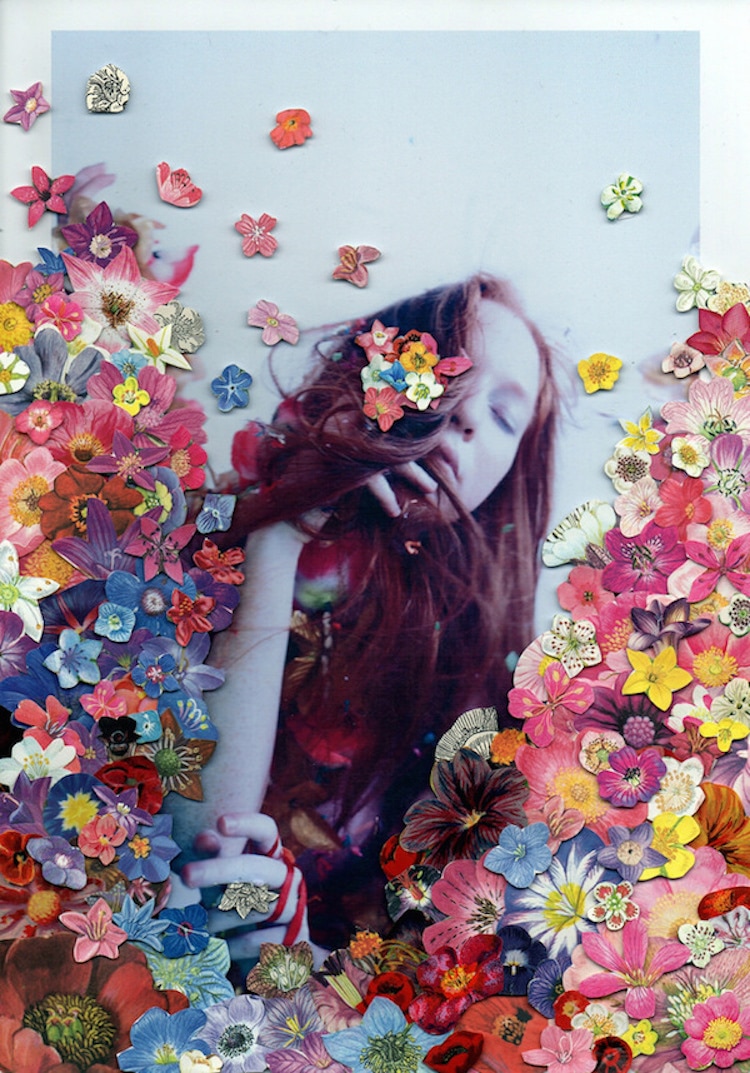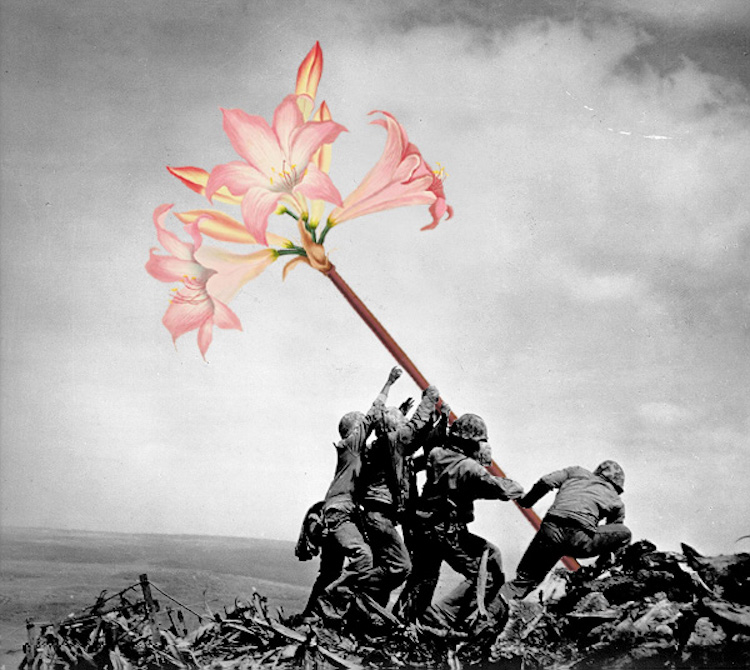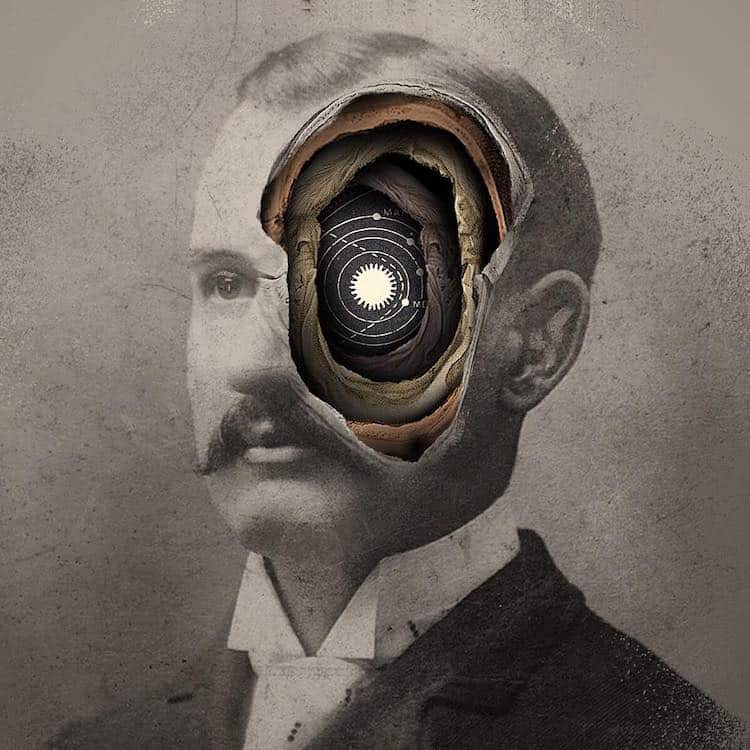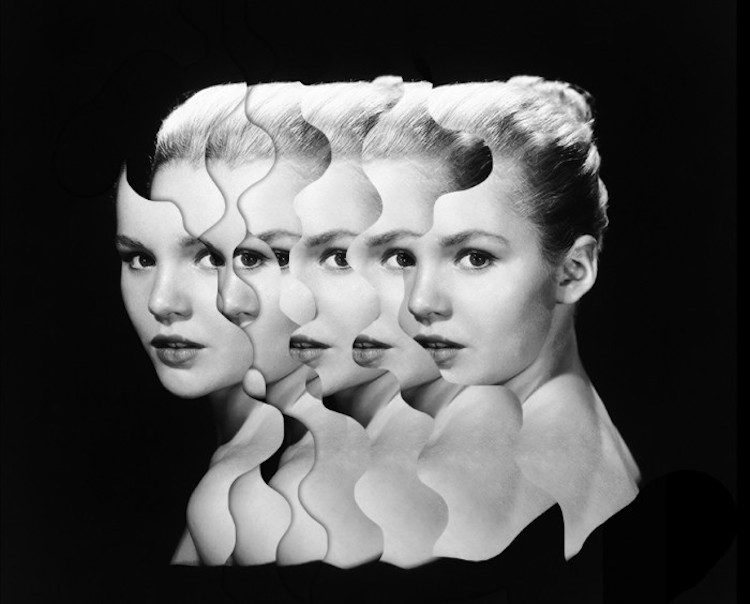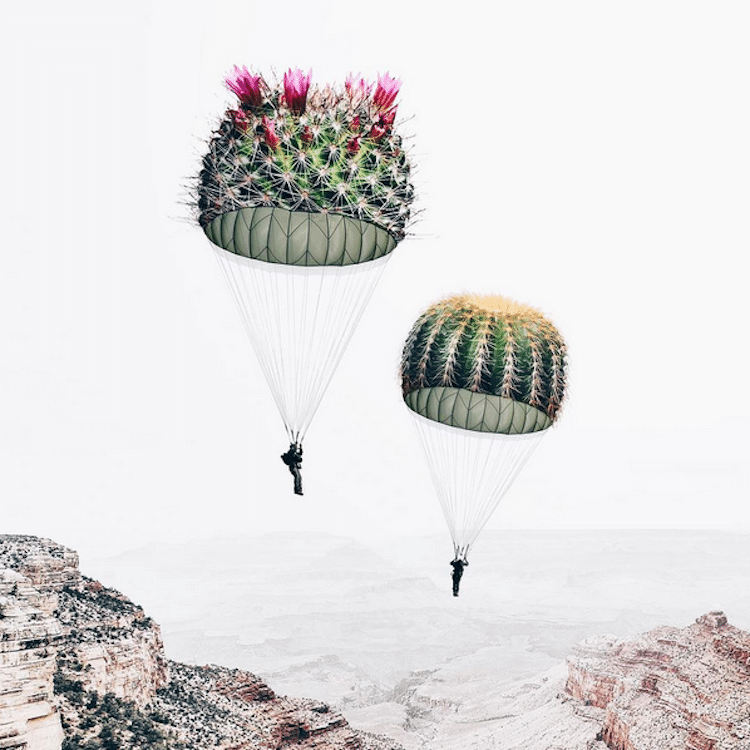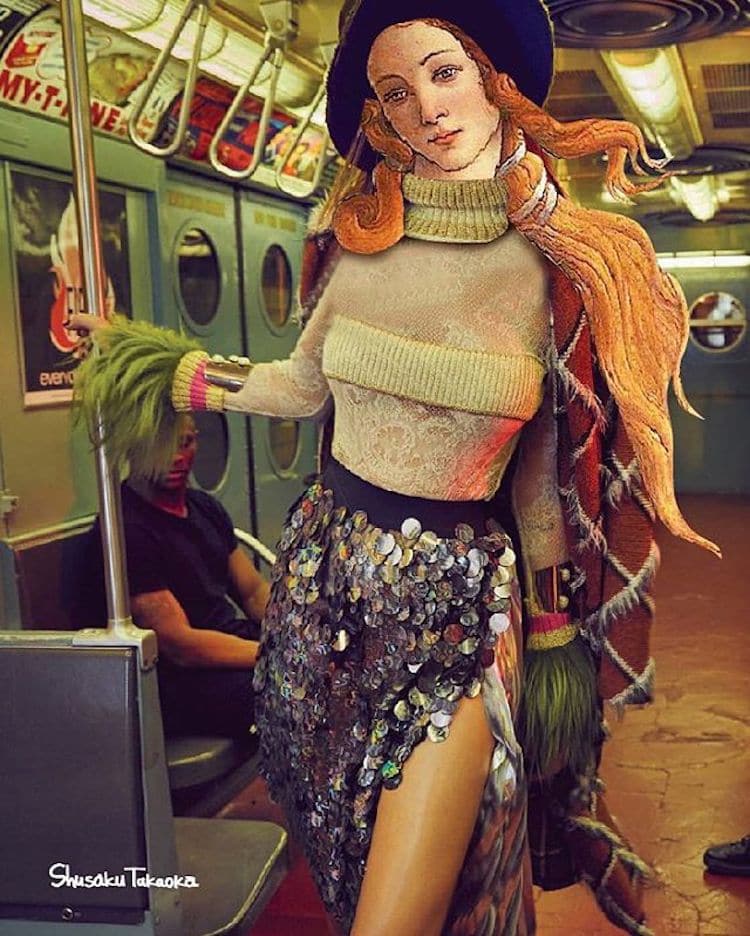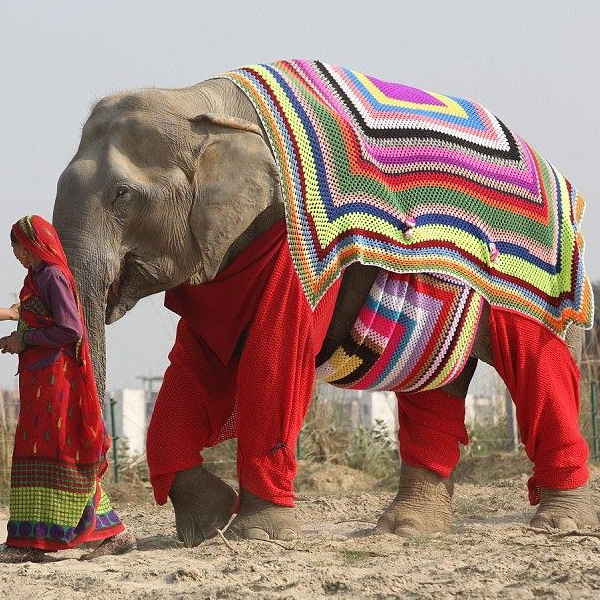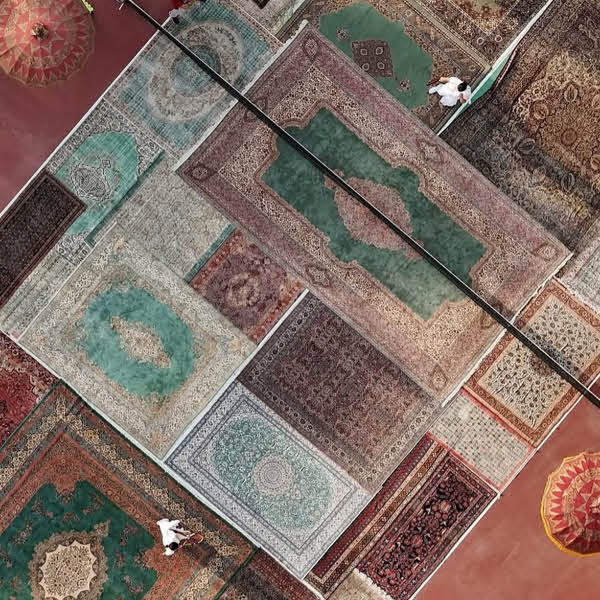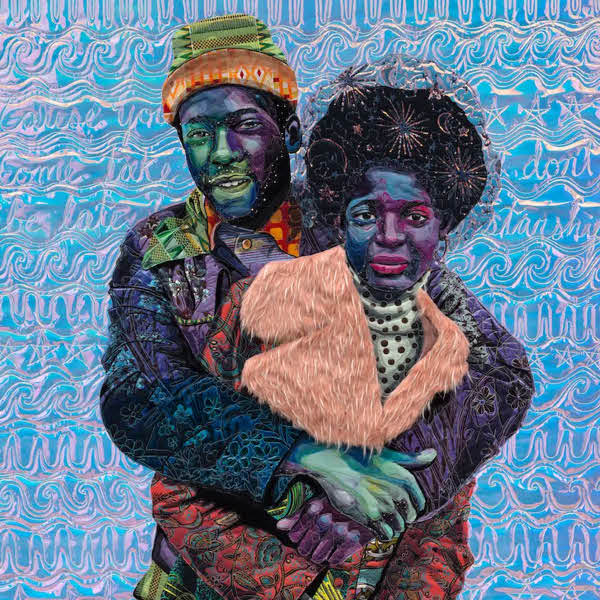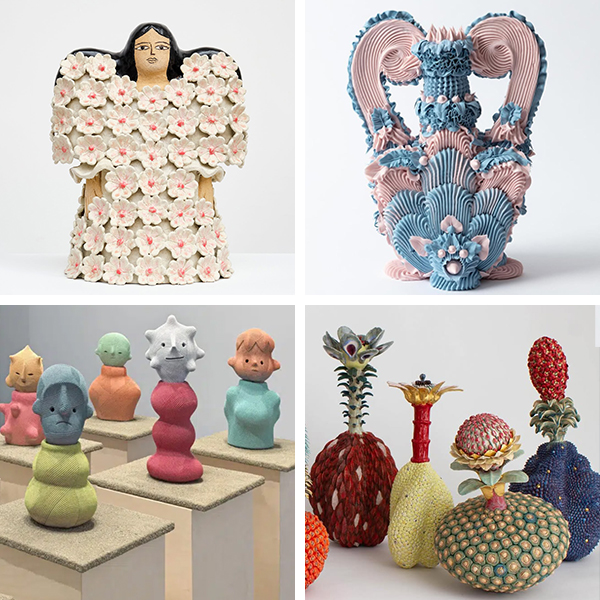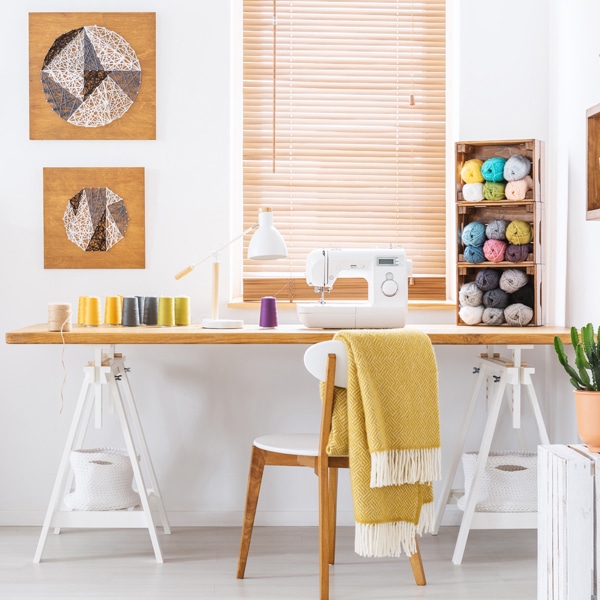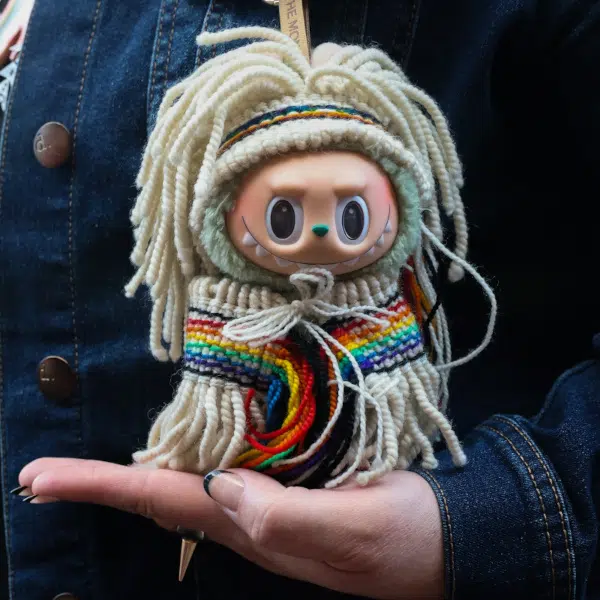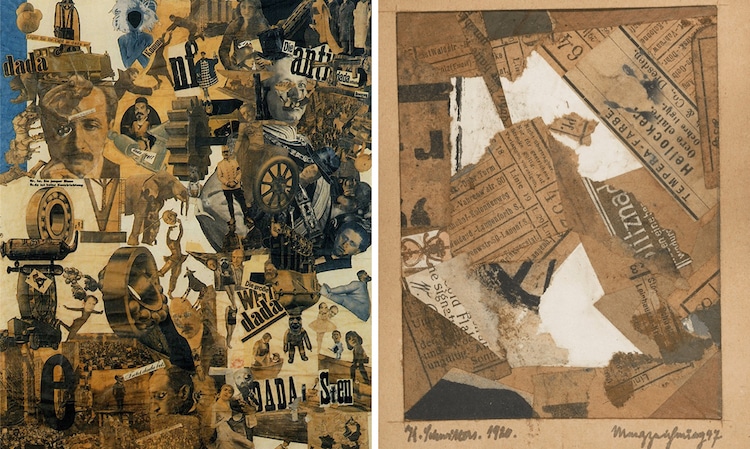
This post may contain affiliate links. If you make a purchase, My Modern Met may earn an affiliate commission. Please read our disclosure for more info.
Throughout the 20th century, creatives across many movements, mediums, and styles began to explore the practice of collage art. The inventive and innovative approach to art attracted artists due to its one-of-a-kind aesthetic and unique, pieced-together process.
Beginning in the modernist period and continuing into the contemporary art world, the collage art form has undergone a series of changes as more and more artists opt to explore it. Here, we look at the cutting-edge history and ever-changing evolution of the craft, paying particular attention to the movements and artists that have shaped it.
What is Collage Art?
Coined by cubist artists Georges Braque and Pablo Picasso, the term “collage” comes from the French word coller, or “to glue.” The movement itself emerged under this pair of artists, who began working with various mediums to create avant-garde assemblages around 1910.
Collages can be created from a range of materials, though most are made of paper or wood and often feature cut-and-pasted photographs, painted forms, or even 3-dimensional objects. As more and more modern artists began exploring the practice throughout the 20th century, these mediums became more varied and increasingly experimental.
History of Collage Art
Cubism

Pablo Picasso, “Bottle of Vieux Marc, Glass, Guitar and Newspaper,” 1913 (Photo: WikiArt, PD-US)
While Cubism is most often associated with painting, its founding figures, Georges Braque and Pablo Picasso, also created collages in this style. Defined by fractured forms and deconstructed subject matter, Cubism paired perfectly with the collage approach, as it enabled artists to literally piece together a picture from dissimilar components.
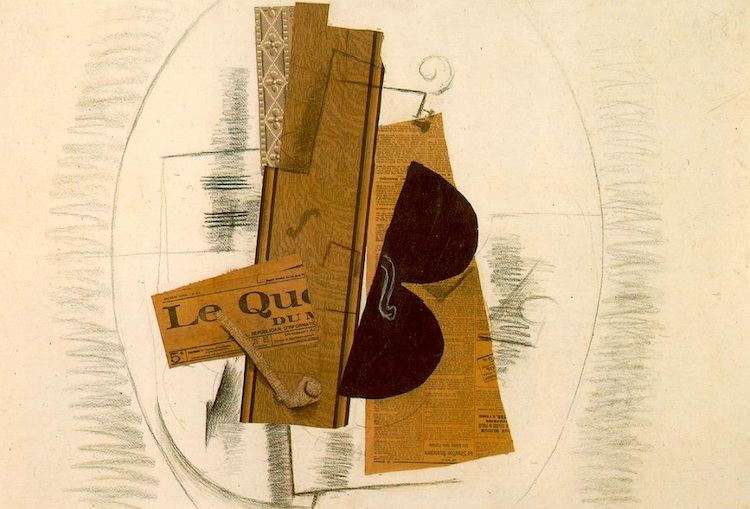
Georges Braque, “Violin and Pipe, ‘Le Quotidien’,” 1913 (Photo: WikiArt, PD-US)
Additionally, unlike painting, collages did not risk appearing flat. This fact, according to esteemed art critic Clement Greenberg, was appealing to artists like Picasso and Braque, who focused on evoking dimensionality in their work. “Flatness had not only invaded but was threatening to swamp the Cubist picture,” Greenberg explained in a 1958 issue of Art and Culture.
In addition to painted paper cut-outs, newsprint, and patterned paper were often employed by Cubists, as evident in Picasso's Bottle of Vieux Marc, Glass, Guitar and Newspaper, and Braque's Violin and Pipe.
Dada
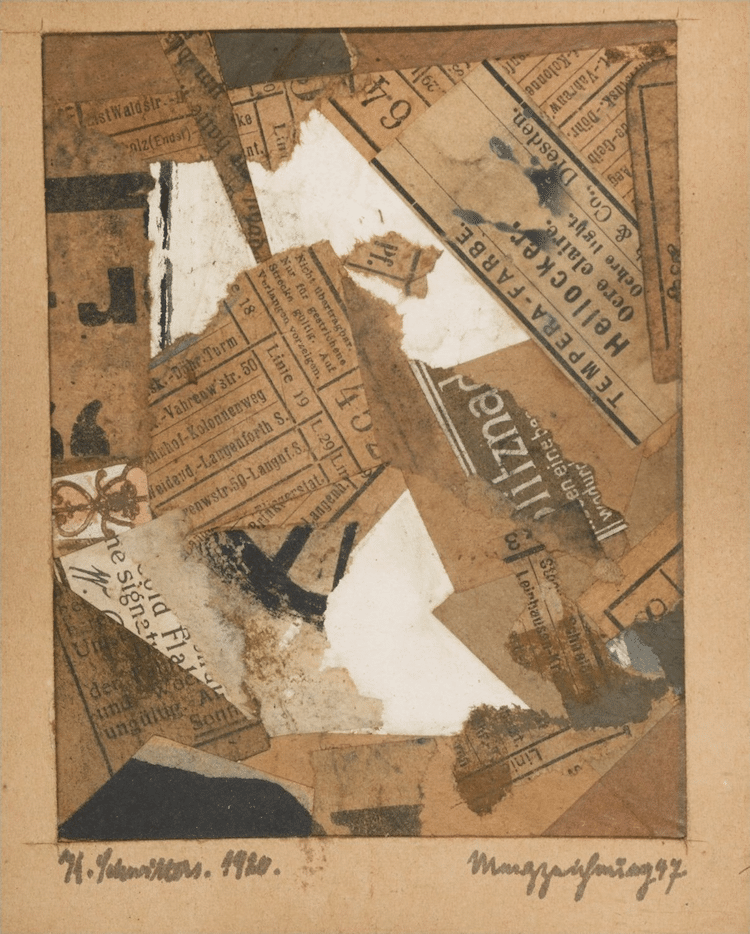
Kurt Schwitters, “MERZ DRAWING 47” 1920 (Photo: Wikimedia Commons, Public domain)
Inspired by the cutting-edge work of Picasso and Braque, Dadaist artists also began to experiment with collage in the 1920s. Unlike the Cubists, who favored still-life arrangements, the Dadaists created collages that incorporated a wide array of iconography, from reinterpreted portraits to figures rooted in fantasy.
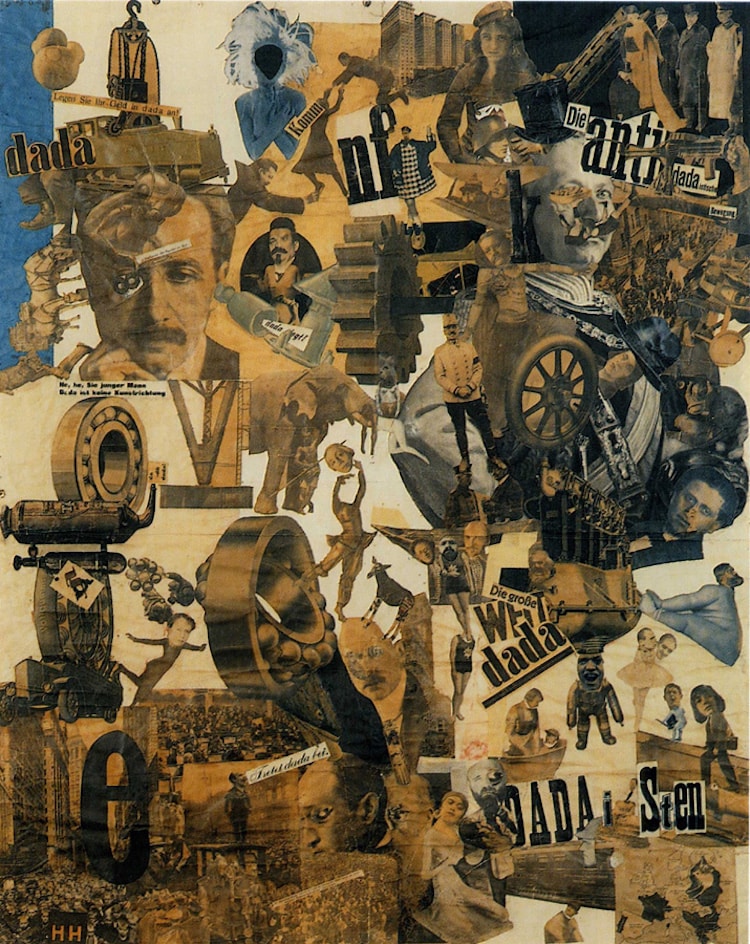
Hannah Höch, “Cut with the Kitchen Knife Dada through the Beer-Belly of the Weimar Republic,” 1919 (Photo: Wikimedia Commons, PD-US)
Dada artists also creatively incorporated more materials into their collages than their Cubist counterparts. Members of the movement are particularly renowned for their innovative use of seemingly worthless or often overlooked items like tickets, magazine and newspaper clippings, candy wrappers, and even 3-dimensional trinkets. By transforming ephemera into polished pieces, the Dadaists challenged traditional perceptions of art.
Surrealism
View this post on Instagram
On the heels of Dada, Surrealists adopted and adapted this cut-and-paste technique. Much like their “automatic” approach to painting, these artists relied on the subconscious to produce one-of-a-kind assemblages made of photographs, illustrations, pieces of paper, and paint.
View this post on Instagram
Abandoning the Cubists' focus on still life, they embraced and expanded upon the Dadaists' move toward strange subject matter to create pieces evocative of a dream. This focus is exceptionally evident in the work of Joseph Cornell and André Breton, who both used the method as a means to conjure up cohesive yet entirely made-up scenes.
Abstract Expressionism
Like the early modern artists that preceded them, Abstract Expressionists challenged conventional ideas about art. In order to take this avant-garde stance a step further, they rejected figurative subject matter and worked entirely in the abstract. This approach, however, was not limited to their more well-known drip, color field, and soak stain paintings; it is also evident in their collages.
Like their paintings, Abstract Expressionists' collages showcase an emphasis on color, composition, and emotion. Through simplified silhouettes, blocks of cut-and-glued color, and free-floating painted lines, the artists added (literal) layers of dimensionality to their already-famous aesthetic.
Pop Art
In 1956, British artist Richard Hamilton ushered in the Pop Art movement with his eye-catching collage, Just what is it that makes today's homes so different, so appealing? Featuring carefully-selected clippings from American magazines, this piece incorporates several contemporaneous, pop culture-related everyday motifs, including “Man, Woman, Food, History, Newspapers, Cinema, Domestic Appliances, Cars, Space, Comics, TV, Telephone, Information.”
View this post on Instagram
In addition to setting the scene for Pop Art in terms of subject matter, this piece also inspired other members of the movement to explore collage art.
Contemporary Collage Artists
Today, numerous artists have kept up the collage tradition. While many continue to construct their assembled compositions by hand, some employ digital tools to craft them. Here, we look at a selection of contemporary collages that depict various methods of modern collage crafting.
Sophie Standing
Jiyen Lee
John Turck
Matthias Jung
Randy Grskovic
Eugenia Loli
Laurent Chehere
Eva Magill-Oliver
Rebekah Campbell and Ben Giles
Clover Robin
Mister Blick
Alex Eckman-Lawn
Matthieu Bourel
Luisa Azevedo
Shusaku Takaoka
Books About Collage Art
This article has been edited and updated.
Related Articles:
Create Your Own Collage Art With This Supply List and Popular Techniques To Try
Exploring the Experimental and Avant-Garde Art of Surrealism
